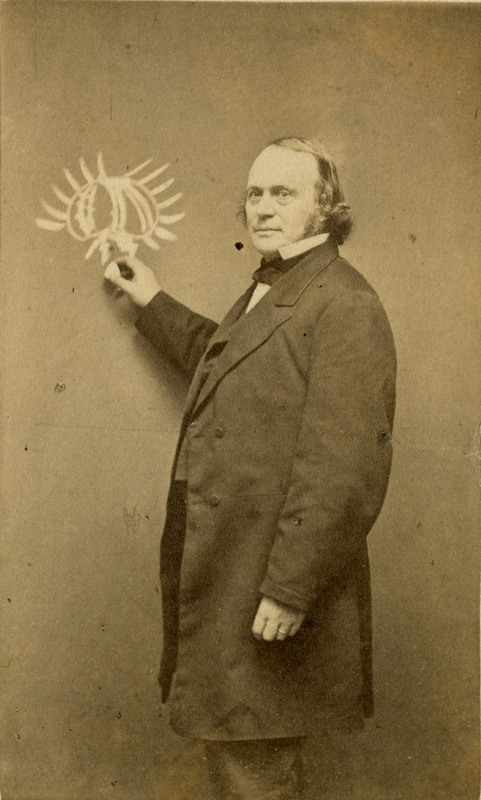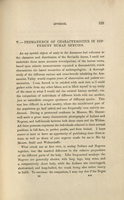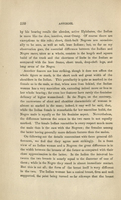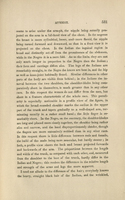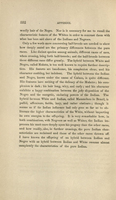Louis Agassiz and Polygenism
Naturalist Louis Agassiz (1807-1873) became a professor at Harvard's Lawrence Scientific School in 1847 and remained at the university in Cambridge for the rest of his life. He became convinced of the validity of the theory of polygenism--that there was a plurality of origins of the human races. Defenders of slavery used polygenism to maintain that the different races were completely and genetically distinct and that slavery was a natural condition for an inferior race.

